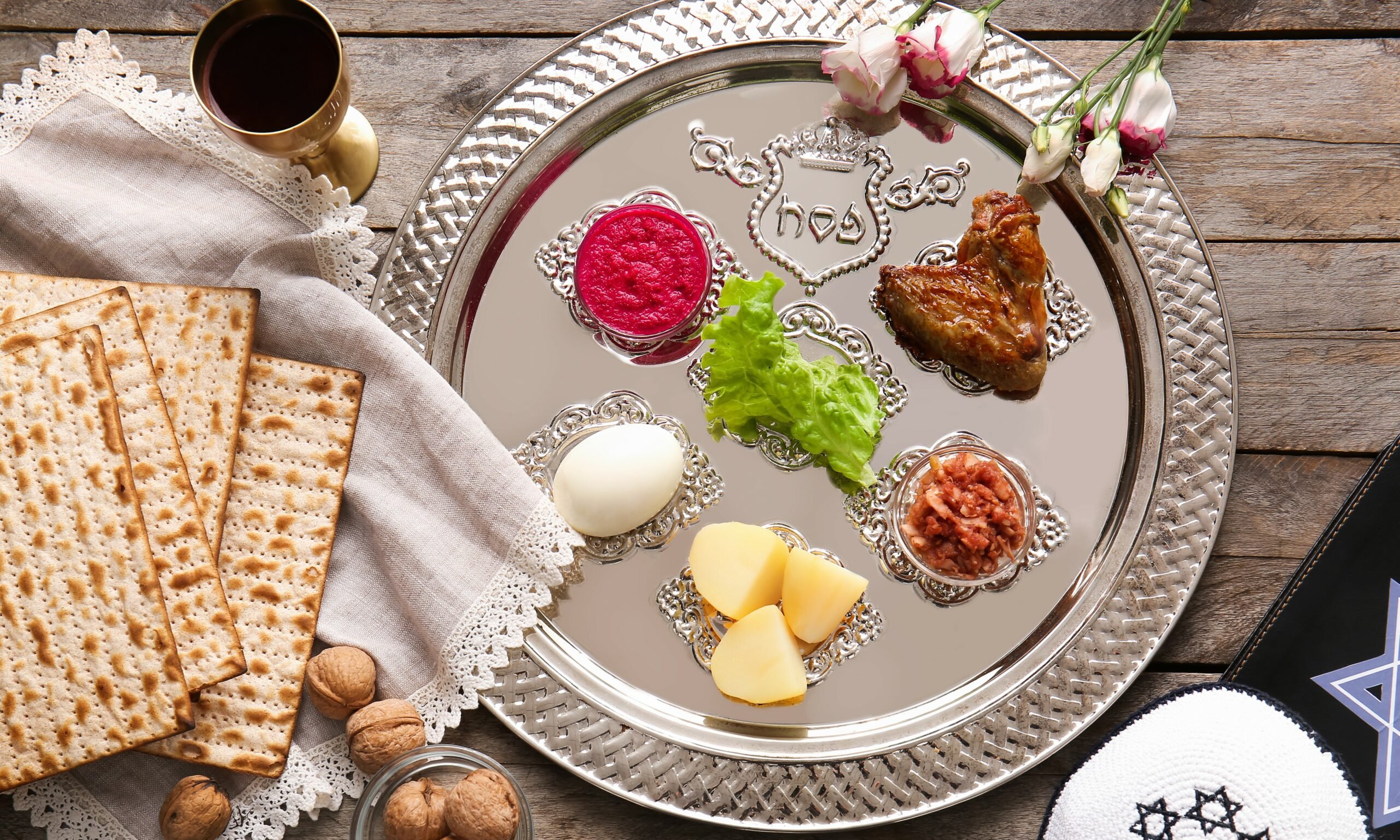Passover, known as Pesach in Hebrew, is one of the most significant and widely observed holidays in the Jewish calendar. In 2024, Passover begins at sundown on Monday, April 22, and concludes at nightfall on Tuesday, April 30. This holiday commemorates the Exodus of the Israelites from slavery in Egypt, a pivotal event in Jewish history that symbolizes liberation, faith, and resilience. This article delves into the origins, traditions, and contemporary significance of Passover.
The Historical Significance of Passover
The story of Passover is rooted in the biblical Book of Exodus. According to the narrative, the Israelites had been enslaved in Egypt for centuries. Their plight was desperate, and they cried out to God for deliverance.Despite numerous warnings, Pharaoh refused to release the Israelites, prompting God to inflict ten devastating plagues upon Egypt. The final plague, the death of the firstborn, was the most severe. To protect their families, the Israelites were instructed to mark their doorposts with the blood of a lamb, so that the Angel of Death would “pass over” their homes. Pharaoh finally relented, and the Israelites embarked on their journey to freedom, crossing the Red Sea and eventually reaching the Promised Land.
Passover Traditions and Practices
Passover is celebrated with a variety of traditions, many of which revolve around the home and family. One of the most important practices is the Seder, a ritual meal held on the first two nights of the holiday. The Seder is both a festive gathering and a highly structured ritual, designed to fulfill the commandment to retell the story of the Exodus. The Haggadah, a special text that outlines the Seder, guides participants through prayers, songs, and symbolic foods.
The Seder plate holds several items, each with its own symbolic meaning:
– Matzah: Unleavened bread, representing the haste with which the Israelites left Egypt, not allowing time for their bread to rise.
– Maror: Bitter herbs, usually horseradish, symbolizing the bitterness of slavery.
– Charoset: A sweet mixture of apples, nuts, wine, and spices, representing the mortar used by the Israelite slaves.
– Karpas: A green vegetable, often parsley, dipped in saltwater to symbolize the tears shed by the Israelites.
– Zeroa: A roasted shank bone, symbolizing the Paschal lamb sacrificed in the Temple.
Another key element of Passover is the prohibition of chametz, or leavened products. In the days leading up to the holiday, Jewish families conduct a thorough cleaning of their homes to remove all traces of chametz, including bread, pasta, and certain grains. This practice is a physical manifestation of the spiritual cleansing and renewal that Passover represents.
Modern Observance and Contemporary Significance
In contemporary times, Passover continues to be a time for family gatherings, reflection, and education. It is a moment to reconnect with Jewish heritage and reinforce communal bonds. Many Jewish communities hold communal Seders to ensure that everyone, including those who might not have family nearby, can participate in the celebration.
Passover’s themes of freedom and justice resonate beyond the Jewish community. The story of the Exodus has been a source of inspiration for various social justice movements, symbolizing the universal quest for liberation from oppression. In this way, Passover encourages reflection on current struggles for freedom and the importance of empathy and solidarity.
Conclusion
Passover 2024 offers an opportunity to celebrate a rich tapestry of history, tradition, and values. As families and communities come together to recount the ancient story of liberation, they also renew their commitment to the enduring principles of faith, resilience, and justice. The holiday serves as a reminder that the pursuit of freedom and dignity is a timeless and universal endeavor.
